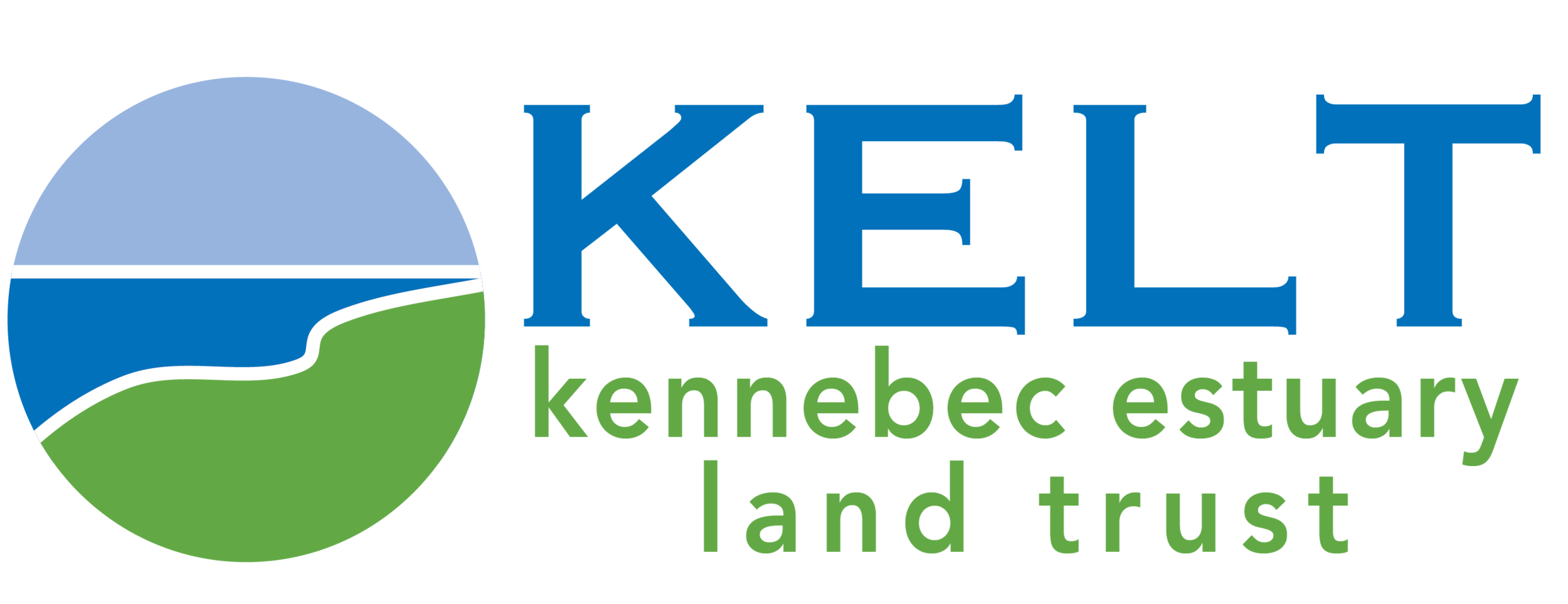Rob Shultz, Resonant Photography
Position KELT as a go-to, trusted organization in the region for resilience projects that incorporate habitat restoration.
By 2026, meet with road managers in all communities that KELT serves to learn about their priorities, interests, and needs.
By 2027, complete an outreach document for each tidal crossing in KELT's region, outlining the results of the desktop analysis and ranking (2a). Present the results of this ranking to municipal road managers and other municipal leaders.
Carry out public community outreach programs sharing the importance of restoration for community, habitat, and species resilience, and spotlighting important habitats in the region that benefit from restoration and resilience projects. Share information about nature-based climate solutions.
Carry out public outreach programs about restoration projects underway in the estuary, sharing plans and results from monitoring.
Heather Perry
Facilitate restoration and resilience projects throughout the estuary.
By 2026, carry out a desktop analysis and ranking of all tidal crossings in the estuary (based on available data about each site, GIS analyses, and municipal leader interviews) for the ability of a restoration project at each site to increase community resilience, benefit habitat, and be feasibly completed.
By 2028, restore or enhance more than 300 acres of habitat across the estuary through implementation of restoration and resilience projects that have received funding for construction.
As a part of partnership efforts, facilitate new restoration projects at priority sites on KELT property, state property, and municipal property in the Kennebec Estuary region.
Carry out fieldwork to evaluate restoration and resilience project sites at at least one location in each of the municipalities that KELT serves.
Identify and apply to grants to support restoration and resilience projects at priority road and landscape sites around the estuary.
Monitor the effectiveness of restoration and resilience projects in the Kennebec Estuary region using standard technical methods developed by restoration professionals.
Collaborate with USFWS, NOAA, state, local, and non-profit partners to further restoration and resilience efforts in the region.
Lisa Francesca Gallo
Formalize restoration as a program at KELT and increase organizational capacity to carry out restoration and resilience work.
Develop a decision matrix for evaluating and accepting road and landscape restoration and resilience projects by 2030.
Diversify our funding sources for KELT restoration and resilience projects to include federal, non-federal, and individual donation support.
In 2025, hire a 2-year tidal restoration coordinator. Evaluate need and funding sources for extending position by the end of 2026.
Establish a formal committee to support restoration and ecosystem monitoring by 2027.
Develop structural components that will make it easier to undertake a restoration project, including template contracts, field monitoring datasheets, field monitoring procedures, and a database of information about sites by 2030.
Increase staff and volunteer capacity to carry out monitoring to evaluate restoration project sites and to monitor ecosystems for a variety of features pre and post restoration by 2030.




